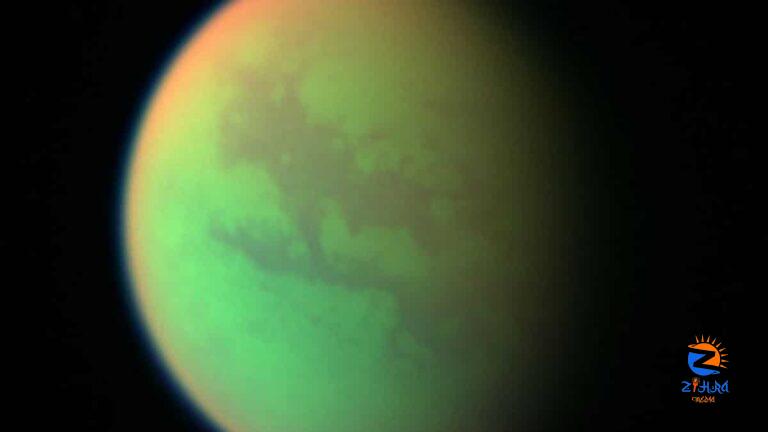
[ad_1]
Scientists have so far only been able to find inconsistent or indirect signs of waves on Titan’s surface. But now, Geologists from the Massachusetts Institute of Technology have studied Titan’s shorelines to discover that the waves are likely the reason behind the shaping of large seas of the moon.
NASA’s spacecraft, in 2006, had found evidence to suggest that Saturn’s largest moon has large liquid bodies on its surface. This revelation implies that Earth and Titan share similarities in their landscape, having lakes, rivers, and seas, unlike other celestial objects in our solar system.
However, these bizarre liquid bodies on Titan are not as appealing as those on the earth. A mixture of methane, ethane, and other hydrocarbons runs across the moon, Titan, instead of water. A more recent study has suggested that there may be waves of greenhouse gases on Titan’s shoreline that shape its landscape.
Through computer simulations, researchers examined different kinds of erosion that may have created the shorelines captured by NASA’s Cassini.
“We found that if the coastlines have eroded, their shapes are more consistent with erosion by waves than by uniform erosion or no erosion at all,” Taylor Perron, professor of earth, atmospheric and planetary sciences at MIT, said in a statement.
For years, the existence of waves on Titan has been a topic of debate for scientists, some claiming that the fluid bodies on the moon have rough shores while others argued they are mirror-smooth. For the new study, researchers analysed the shape of the shoreline to understand the reason behind it instead of questioning whether or not Titan has waves.
“We can say, based on our results, that if the coastlines of Titan’s seas have eroded, waves are the most likely culprit,” said Perron, as quoted by MIT News.
The researchers will soon examine Titan’s winds to study how powerful they must be to initiate waves that are strong enough to erode the moon’s shores.
“It could help us learn more fundamental things about how coasts erode without the influence of people, and maybe that can help us better manage our coastlines on Earth in the future,” said Rose Palermo, a former MIT graduate and current research geologist at the U.S. Geological Survey.
(With inputs from agencies)
[ad_2]